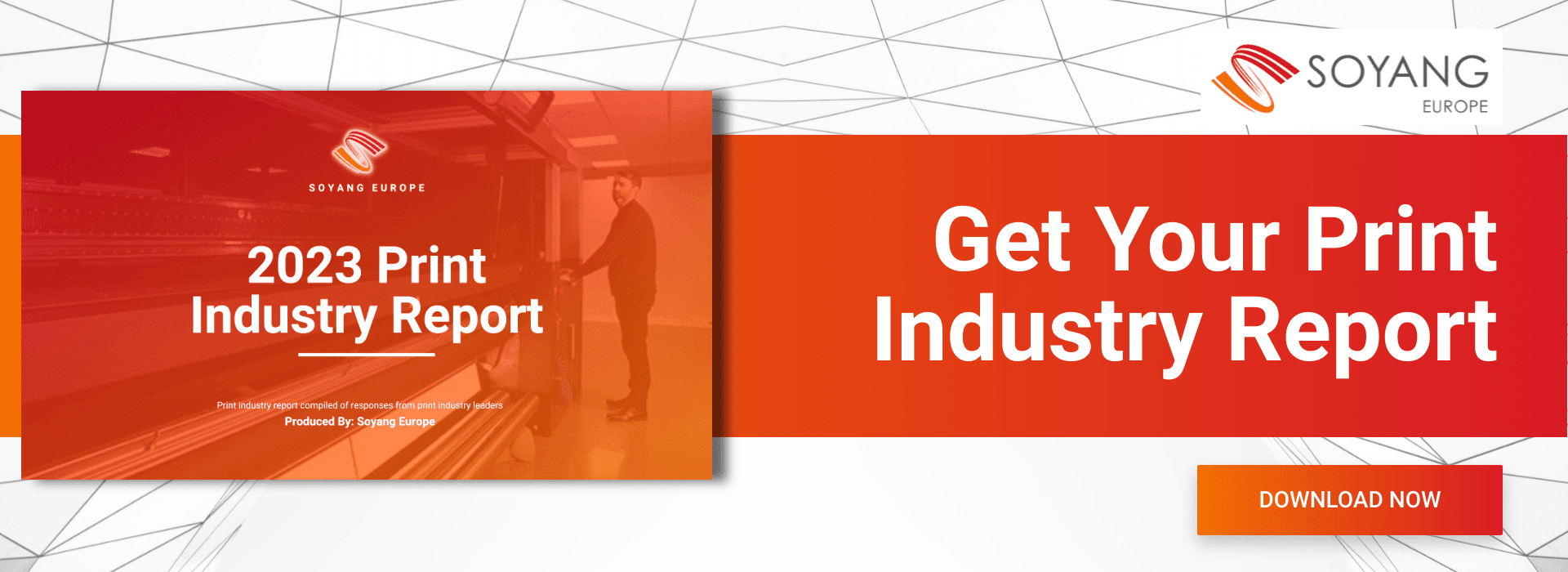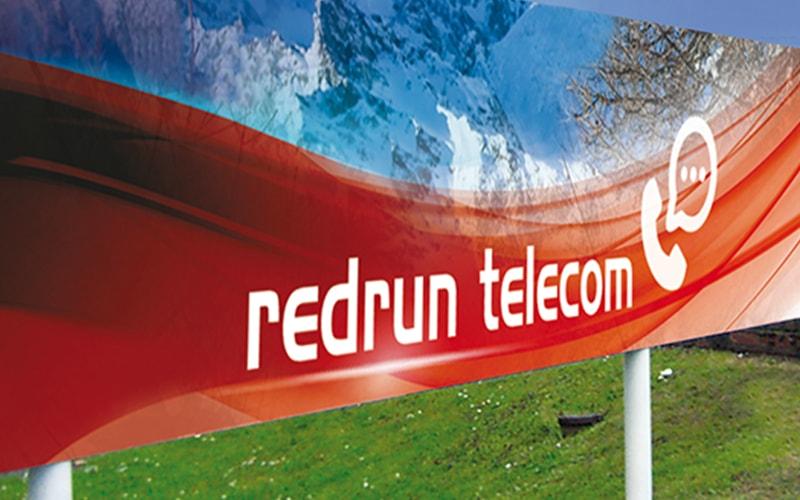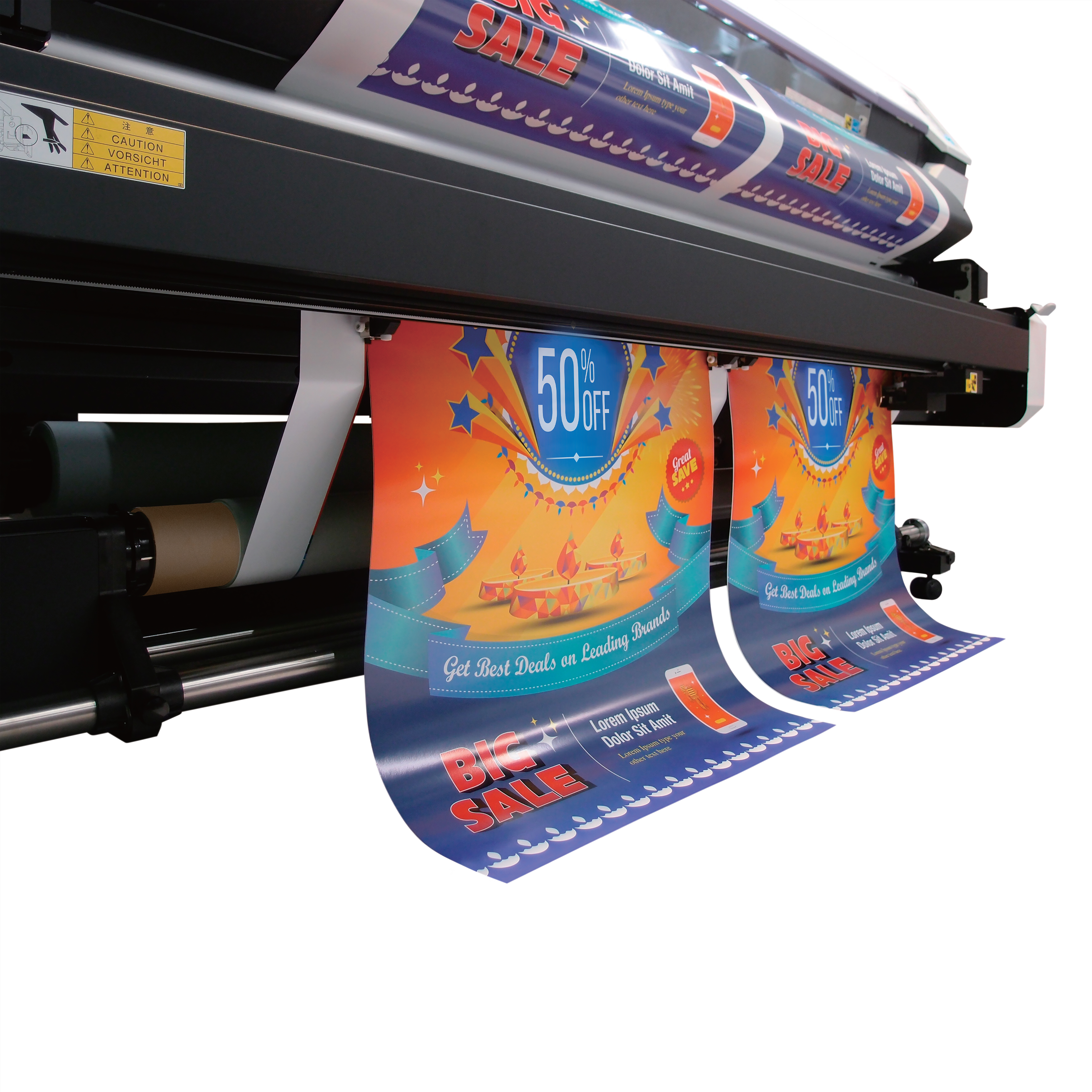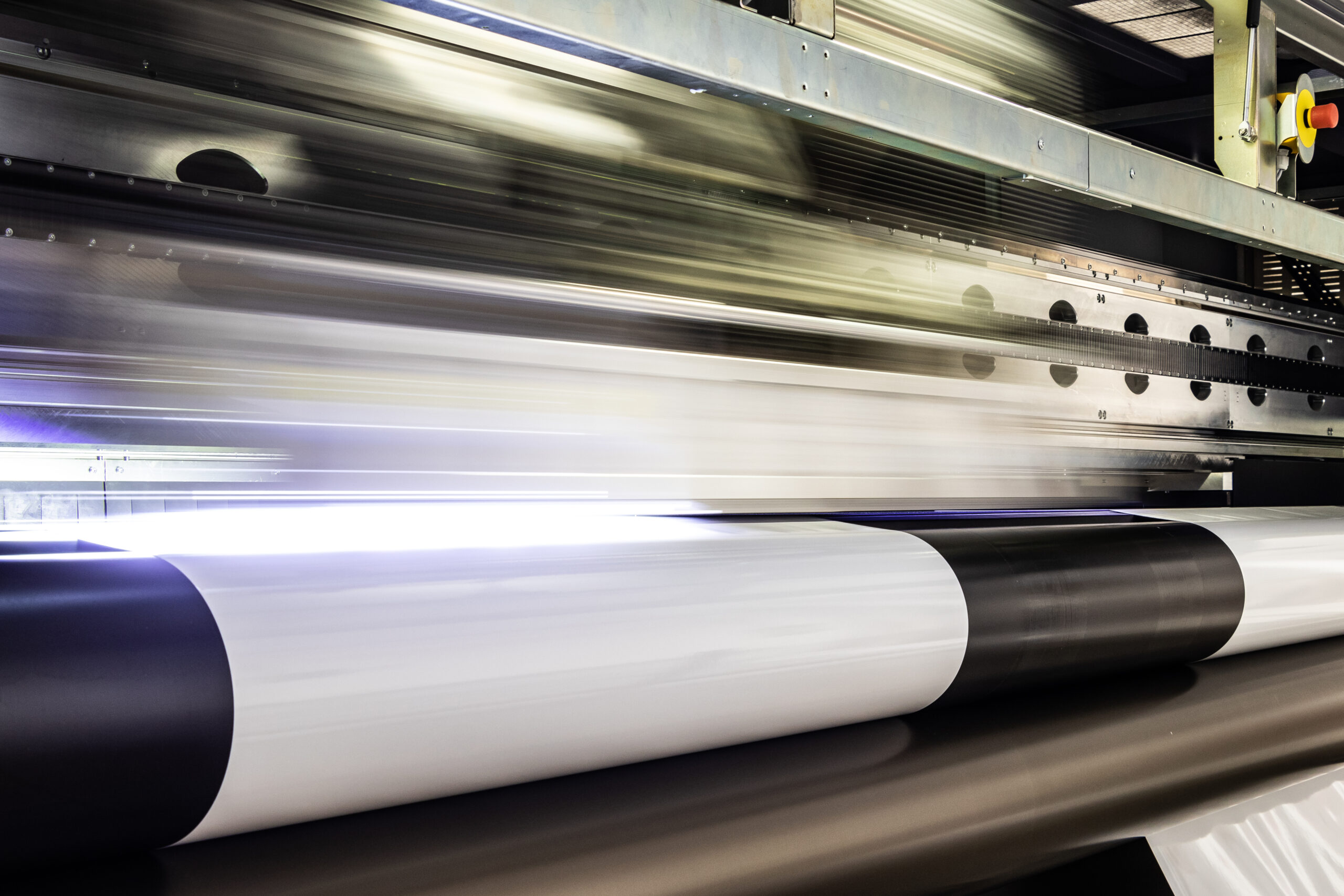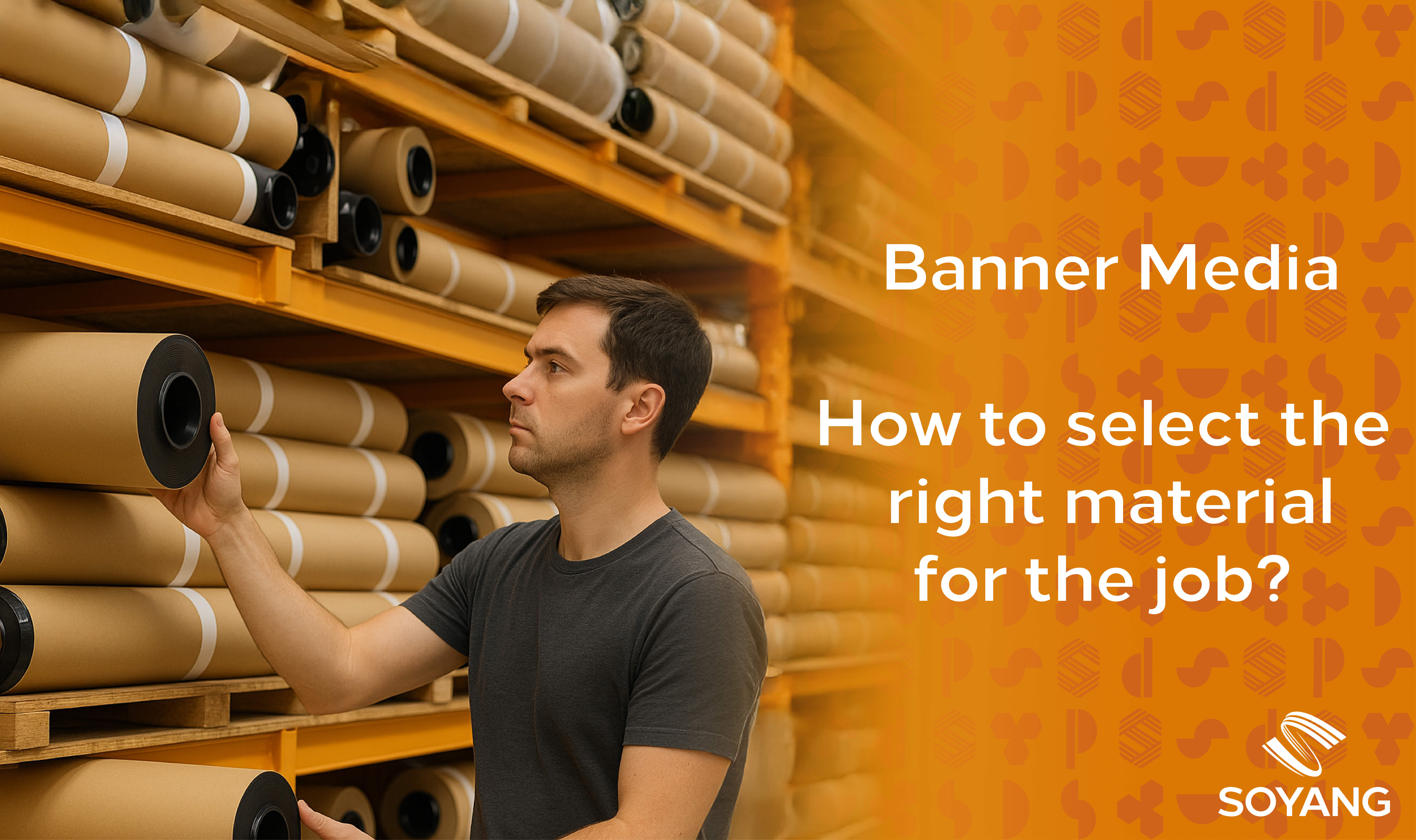Printing is still one of the most successful ways to communicate your brands message to your customers. In fact, printed fabrics and textiles are getting bigger, bolder and more vivid. When it comes to retail and exhibition graphics, printed textiles are hard to ignore. We’ve written a guide to help you understand what large format textile printing is and where to use this printing technology to print your display graphics.
What is Large Format Textile Printing?
Large format textile and fabric printing can be used to produce banners, flags, exhibition graphics, showroom displays and other media highlighting indoor and outdoor design projects.
Large format print is usually required when printing items over a certain size and for graphics covering large, open spaces. Large format printing should be considered when printing in widths from 1.6m to 5m.
A range of special materials can be used including SoTex printable fabric which are ideal for display, backlint and stretch-frame uses. These printable fabrics can be used with direct dye-sublimation and transfer printing, and can also accommodate solvent, UV and latex printers.
Benefits of Textile & Fabric Printing
There has been an increasing demand for printable fabric and textiles products, produced in a large or wide format, for the garment, soft-signage and interior design markets.
Their ability to cover large spaces using lightweight, easily transported materials make them frequently the preferred choice for retail displays, but also as part of the interior design process in wall coverings, textile floor coverings and blockout, pop-up space dividers.
Portable
Printing on textiles does not have to utilise hard or rigid surfaces or substrates, fabrics can be cut to size, stretched out and printed on, enabling them to be foldable, transportable and very lightweight.
Digital design
Large format digital fabric printing can be used to design both distinct graphics for retail and photographic quality imagery for museum or theatrical installations and backdrop features.
No size limits
Whether your customers have requirements for typically sized hanging banners or bespoke large-scale feature banners, with large format printing it makes almost anything possible.

When and Where to Use Large Format Fabric Printing
Regardless of your customer print specification, there are virtually no limits on the type of print requirement suitable for large format fabric printing.
Hanging banner
Hanging banners are one of the most noticeable forms of advertising, especially when it comes to street banners. Outdoor banners are an eye-catching feature, either wall-mounted on buildings or suspended. They can even be added to interiors as ceiling banners.
Event banners
The best way to meet new customers, partners and investors is the trade show. Making a great first impression has never been so important. Which is why large format printing is vital to exhibitions and trade shows where event banners have become bigger and more breath-taking.
Floor coverings
Floor coverings up to 3.2m wide on a wide variety of textile and fabric materials can be used to enhance sporting venues, museums, office interiors, retail flooring, events and branding, leisure facilities, schools, hospitals and almost any other flooring context you can think of. Large format textile floor coverings have made a focal point for more than just the soles of passing feet.
Exhibition stands
Used when seamless graphics, backlit or suspended elements are required. Exhibition stands use textile and fabric materials for easily transportable, professional branding.
Popup banners
From roller banners to popup displays, large format fabric printing brings quality graphics to display stands and commercial installations.
Backlit textiles
Popular in fashion advertising, stretched fabric printed with high quality, vivid imagery brings retail products to life on a large scale.
Flags and theatrical backdrops
Flags for indoor and outdoor advertising have always been popular and large format printing using both latex and dye-sublimation have meant they are increasingly durable. This also includes large-scale theatrical and retail backdrops which can be printed on lightweight knitted and woven material ideal for screen printing.
Large Format Fabric Printing Technologies
Where printed vinyl floor covering has been innovative for graphic flooring using either UV or solvent printing technologies, fabric and textile printing requires a different approach.
The most suitable process for printing with textiles include:
Dye-sublimation
This printing method uses heat transfer to effectively weave the dye into the fabric instead of sitting on top of materials. It is incredibly durable and can provide photographic-like quality. Dye-sublimation is one of the most popular methods for printed fabrics and this also includes textile floor coverings and carpet substrates used in commercial and exhibition environments.
Latex printing
Latex printing technology has advanced in recent years. Latex ink technology can work well with heavy and soft knit fabrics. This direct to fabric printing means there is no need for transfer papers, instead printing directly on to the fabric and this is suitable for a wide range of natural and synthetic fibres.
UV Printing
The advantages of UV printing is that it can be printed on almost any surface. The list of what it can’t print on is a short one. Using UV light to cure the ink means there is no need for water-based inks, making for quicker curing times and fast runs.
